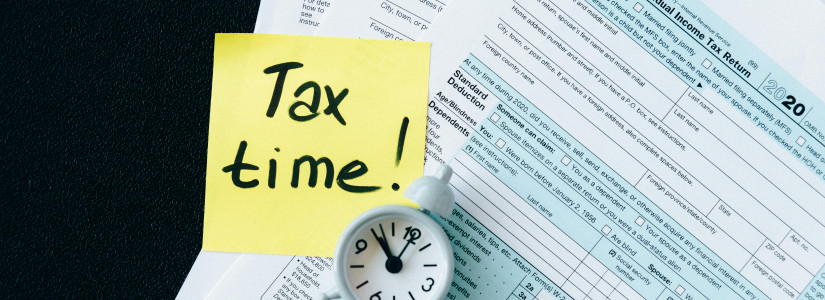Understanding Self-Employment Taxes

What Are Self-Employment Taxes?
Self-employment taxes are crucial for individuals who work for themselves, encompassing both Social Security and Medicare taxes.
Unlike employees, self-employed individuals must pay the full amount of these taxes themselves, which typically totals 15.3% of net earnings—12.4% for Social Security and 2.9% for Medicare.
Who Pays Self-Employment Taxes?
Anyone who earns $400 or more in net earnings from self-employment must file Schedule SE (Form 1040) to calculate their tax.
This applies to sole proprietors, independent contractors, freelancers, and small business owners. It's essential to understand that even if your business operates at a loss, you still need to report it to the IRS.
Don't Miss: How to file taxes as a freelancer or gig worker
Calculating Self-Employment Taxes
The calculation starts with your net earnings from self-employment, which is your gross income minus allowable business expenses.
The IRS allows you to deduct half of the self-employment tax when calculating your adjusted gross income, helping to lower your overall tax liability.
This deduction compensates for the employer portion of Social Security and Medicare taxes that regular employees don’t have to pay.
Don't know what to do? Help is here!
Quarterly Estimated Payments
Self-employed individuals are typically required to make quarterly estimated tax payments to cover both income tax and self-employment tax.
The due dates for these payments are April 15, June 15, September 15, and January 15 of the following year.
Failing to make these payments can result in penalties and interest charges.
Deductions and Credits
Several deductions and credits can help reduce your self-employment tax burden.
One notable deduction is the home office deduction, which allows you to deduct expenses related to a portion of your home used exclusively for business.
Additionally, the Self-Employed Health Insurance Deduction allows you to deduct premiums paid for medical, dental, and long-term care insurance for yourself, your spouse, and dependents.
According to the Bureau of Labor Statistics, about 10.3 million Americans were self-employed in 2022, representing 6.3% of the workforce.
This significant segment of the population highlights the importance of understanding and managing self-employment taxes effectively.
Conclusion
Understanding self-employment taxes is essential for anyone who works for themselves.
By staying informed about tax obligations, making timely quarterly payments, and taking advantage of available deductions, self-employed individuals can manage their tax responsibilities more effectively.
Consulting with a tax professional can also provide personalized advice and ensure compliance with IRS regulations.
Must Reads:











